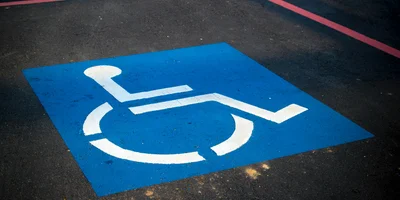Protect your users from malicious websites when using target="_blank"

Oftentimes, when linking to an external resource from our websites, we use target="_blank" to open the linked page in a new tab or window. But there is a security risk we should be aware of. The new tab gains limited access to the linking page (i.e. our website) via Window.opener, which it can then use to alter the linking page's URL via Window.opener.location (this is known as tabnabbing).
This might be a problem if the external resource is not trustworthy, might have been hacked, the domain has changed owners over the years etc. There is no guarantee that a third-party resource, no matter how trustworthy, can be actually trusted with our users' security and we, as developers, should always be aware of this risk.
<!-- Bad: susceptible to tabnabbing --> <a href="https://externalresource.com/some-page" target="_blank"> External resource </a> <!-- Good: new tab cannot cause problems --> <a href="https://externalresource.com/some-page" target="_blank" rel="noopener noreferrer" > External resource </a>
In order to prevent a link that is opened in a new tab from causing any trouble, we should always add the rel="noopener noreferrer" attribute to all of our target="_blank" links.



